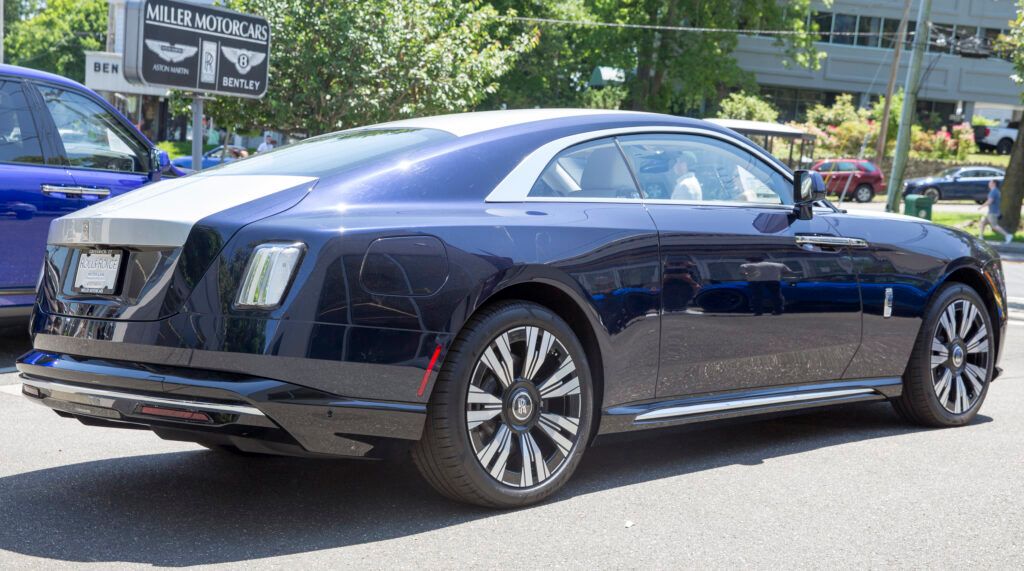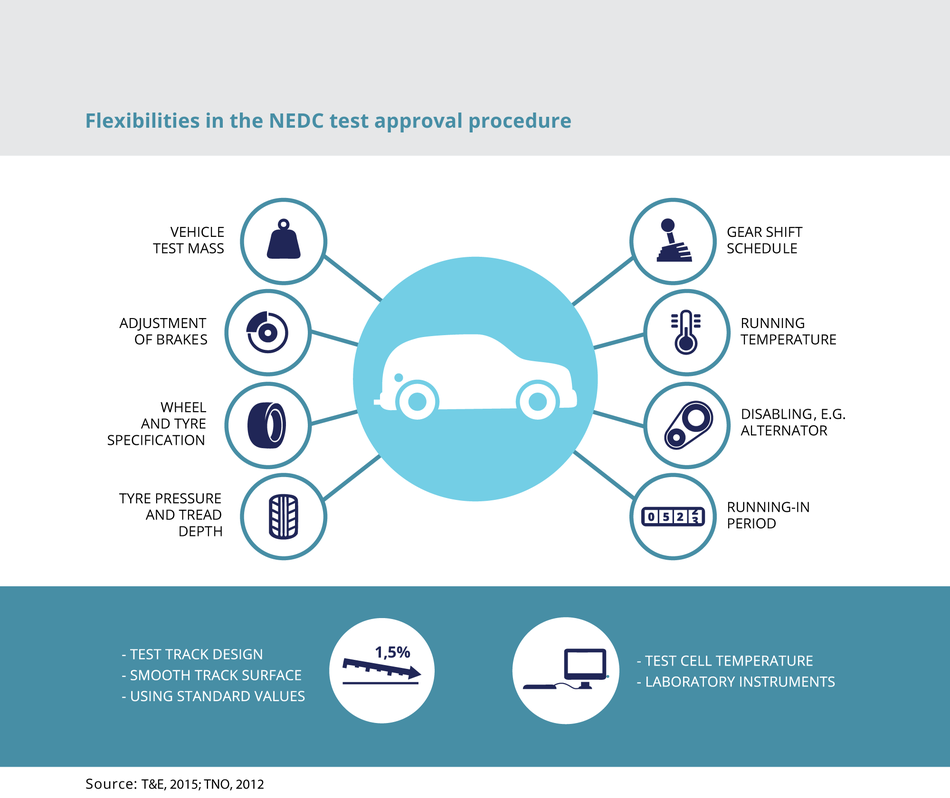
Navigating the complexities of emissions testing with a tuned vehicle, especially one boasting a custom exhaust system, can often feel like a formidable challenge. The road to compliance is paved with specific regulations, technical nuances, and the ever-present threat of a Check Engine Light (CEL) that can derail your inspection plans. For car enthusiasts who prioritize both performance and responsible vehicle ownership, understanding how to successfully pass these tests is not just about avoiding fines; it’s about maintaining the integrity of their build and staying on the right side of the law.
Modern vehicle emissions systems are intricately designed to minimize harmful pollutants, and any modifications can disrupt this delicate balance. From the catalytic converter’s critical role in converting exhaust gases to the ECU’s sophisticated management of engine parameters, every component contributes to the overall emissions profile. This means that achieving compliance often requires a meticulous approach, blending technical knowledge with practical, actionable strategies. It’s about knowing what modifications impact emissions, how to mitigate those impacts, and what steps to take before the official inspection.
This in-depth guide is designed to empower car owners with the knowledge and practical ‘hacks’ needed to confidently approach emissions inspections. We’ll delve into the specifics of identifying potential issues, explore effective solutions for various scenarios, and highlight crucial considerations to ensure your custom exhaust system, and your entire vehicle, meets the required standards without compromising performance. Our aim is to provide clear, concise, and thoroughly researched advice, helping you make informed decisions and save money by avoiding common pitfalls associated with emissions testing.
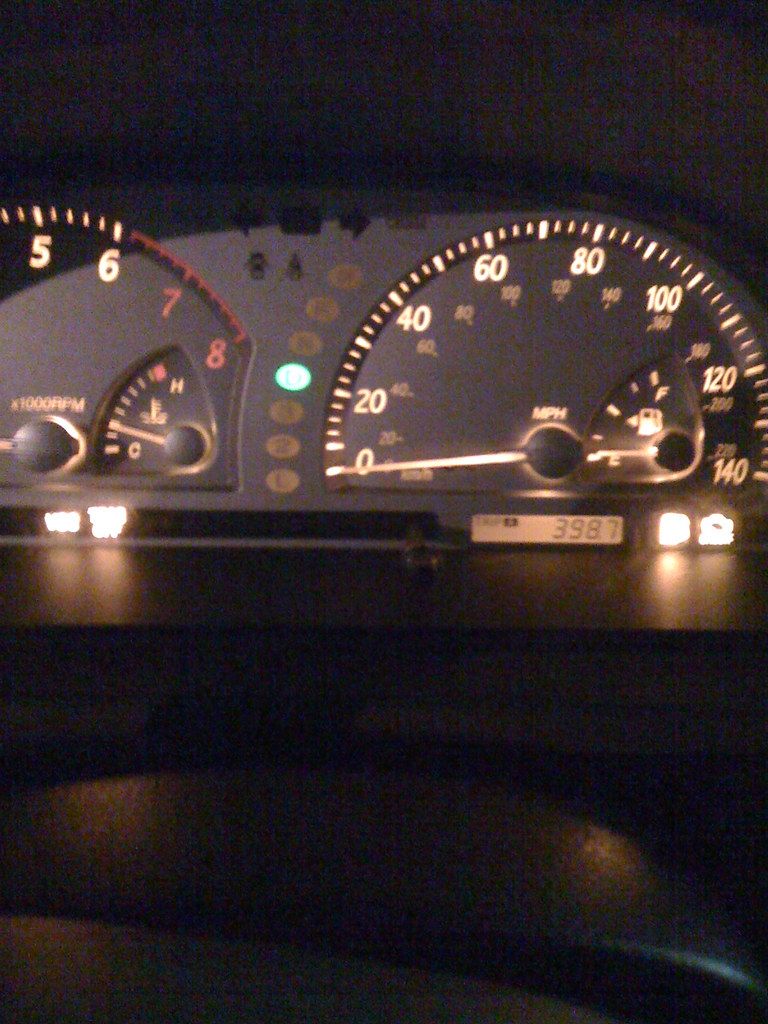
1. **Pre-Inspection Check: Identify CEL Triggers**
When preparing for an emissions inspection, one of the most critical first steps is to meticulously check for any aftermarket modifications that might trigger a Check Engine Light (CEL). A lit CEL is an immediate red flag for inspectors and will almost certainly result in a failed test. The exhaust system is a common culprit; if there is no catalytic converter (cat) in the downpipe or no method of tricking the ECU, a CEL is highly probable. Even some aftermarket exhaust systems equipped with high-flow cats or sport cats can still trigger a CEL, often necessitating a temporary swap back to the OEM exhaust for testing purposes.
Beyond the exhaust, the intake system warrants close attention. Aggressive aftermarket intake designs or those with improper Mass Airflow (MAF) sensor placement can lead to a lean condition in the engine, which in turn can illuminate the CEL. However, it’s worth noting that the market also offers aftermarket intakes that are designed to match factory intake sizes, delivering enhanced performance without demanding a new tune or triggering a CEL, offering a safer alternative for modified vehicles.
The Engine Control Unit (ECU) is the brain of your vehicle’s emissions management system and is highly sensitive to modifications. In many cases, if you have other performance enhancements such as cams, machined heads, or an air pump delete, the ECU code may need to be specifically altered or tuned to compensate. An improperly programmed or faulty ECU can unexpectedly trigger a CEL, making it imperative that your tune is optimized for all vehicle components. It is also believed that states like California possess advanced technology capable of detecting non-factory calibrations, adding another layer of complexity for heavily modified vehicles.
Finally, it is paramount to be aware of any modifications that could be misconstrued as an attempt to bypass or defeat emissions equipment. For instance, deliberately unplugging or disabling the Exhaust Gas Recirculation (EGR) system is illegal in many jurisdictions and could lead to severe repercussions if discovered during an inspection. Such actions are not only unlawful but also compromise the vehicle’s environmental compliance, which is a key focus of any emissions test.
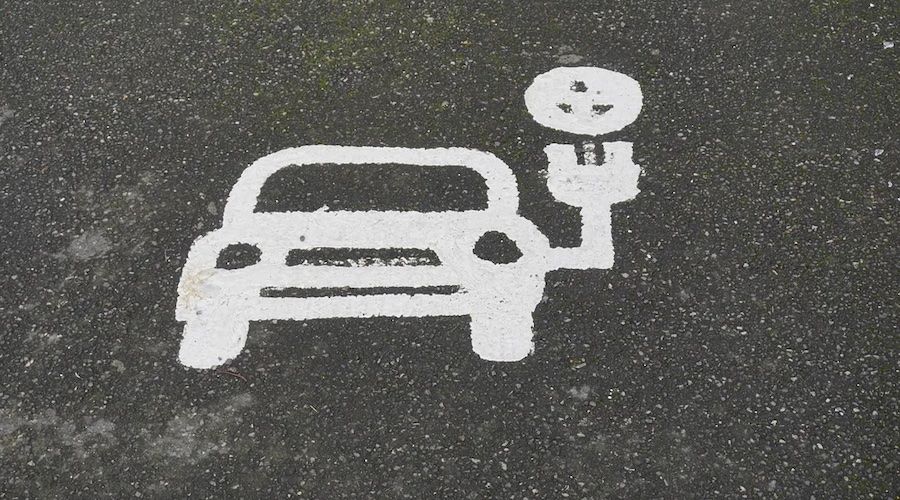
2. **Leverage Emissions Testers for Parameter Verification**
Utilizing an emissions tester proactively to check your tuned car’s parameters is a highly recommended procedure that can save you significant time and frustration. This diagnostic step involves measuring the pollutants emitted by your vehicle’s exhaust system, ensuring it aligns with the environmental standards established by regulatory agencies in your specific region or country. During a typical auto smog check, various tests and inspections are conducted to thoroughly assess the levels of emitted pollutants, with specific requirements often varying based on jurisdiction and vehicle type.
A fundamental component of this process is the On-Board Diagnostic (OBD) test. Vehicle emissions inspections frequently employ the OBD system to pinpoint malfunctioning emission control components that might cause a vehicle to exceed federal emission standards. The OBD system’s primary function is to verify that it is operating correctly and that no faults or malfunctions are present that could negatively impact emissions. This electronic check is often complemented by a visual inspection, where inspectors confirm the presence and condition of essential components such as the catalytic converter, EGR valve, and PCV system, also scrutinizing for any visible modifications or evidence of tampering that could affect emissions.
To enhance the accuracy and efficiency of the certification process, pressure sensors can be incorporated into the diagnostic regimen. These sensors are strategically installed within the exhaust system to quantify the backpressure generated by the exiting gases. A noticeable increase in backpressure could signal an underlying problem within the exhaust system, such as a clogged catalytic converter or a malfunctioning emission control component. By diligently monitoring this backpressure, smog testing equipment can effectively identify vehicles that are likely to fail the emissions test, thereby signaling the need for further investigative repairs before the official inspection.
It is crucial to recognize that altering virtually any engine parameter—from spark timing and air-fuel ratios to Variable Valve Timing (VVT), EGR functionality, Drive-by-Wire (DBW) settings, and the overall fueling strategy—can profoundly impact the temperatures within the combustion cylinder and the quality of the combustion itself. Consequently, these changes directly influence the content of the exhaust and the level of emissions produced. Therefore, a comprehensive understanding of how any modifications you’ve made to your vehicle will affect its emissions is not just advisable, but absolutely critical to ensure ongoing compliance with all pertinent environmental standards.

3. **Strategic Exhaust Swapping: OEM for Inspection**
One of the most straightforward and reliable methods to ensure your modified vehicle passes its emissions test is to temporarily swap out your aftermarket exhaust system for an Original Equipment Manufacturer (OEM) exhaust. This strategy is often a surefire way to navigate the inspection process successfully, primarily because specific aftermarket exhausts are known to trigger a Check Engine Light (CEL), which is an automatic failure point in emissions testing. By reverting to the OEM exhaust, you effectively eliminate this common cause of inspection complications.
It is imperative to understand that in certain states, particularly California, laws strictly prohibit the bypassing or defeating of emissions equipment. This includes actions such as unplugging or deliberately stopping your EGR system from functioning. Non-compliance with these regulations can lead to significant penalties. Therefore, utilizing an OEM exhaust temporarily ensures that your vehicle adheres to the necessary emissions standards and legal mandates, providing a crucial advantage during the inspection.
While the process of repeatedly swapping exhaust systems may seem like a considerable hassle, it is a proven, simple solution to address emissions compliance issues directly. This temporary measure allows your car to meet the required standards during the inspection period. Once the test has been successfully passed, you have the option to reinstall your aftermarket exhaust system, enabling you to continue enjoying its performance benefits.
However, it is vital to remain fully informed about the specific regulations applicable in your state, as emissions testing requirements can vary significantly from one jurisdiction to another. Beyond just the exhaust swap, ensuring your entire vehicle is running optimally and is free from any Check Engine Lights is paramount. A car that is not performing well or is displaying other fault codes, even with an OEM exhaust, could still face difficulties in passing the inspection, underscoring the importance of comprehensive vehicle health.
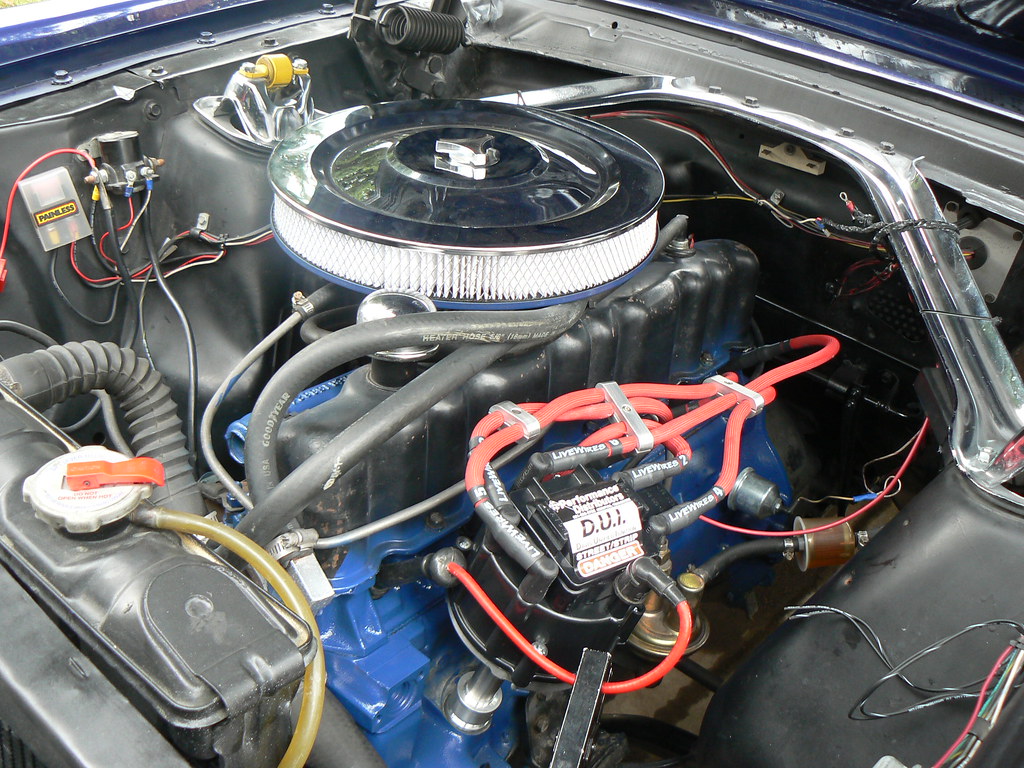
4. **Optimizing ECU Tune for Parts Compatibility**
Tuning a car, while offering exciting performance gains, introduces a nuanced challenge, especially concerning emissions compliance. A fundamental aspect to consider is ensuring that your ECU (Engine Control Unit) tune is perfectly matched and calibrated to your car’s specific parts. This critical alignment guarantees that any modifications made during the tuning process do not inadvertently compromise the efficiency or functionality of the vehicle’s intricate emissions system.
The initial step in this optimization process involves gaining a thorough understanding of how the various components of your car interact harmoniously. The ECU, often referred to as the vehicle’s brain, must maintain seamless synchronization with all its parts, particularly those directly involved in emissions control. For example, even seemingly minor adjustments to spark timing, air-fuel ratios, the overall fueling strategy, or even the type of spark plugs used can significantly influence the quality of combustion and, consequently, the composition and output of your vehicle’s emissions.
It is absolutely imperative to employ high-quality parts that are fully compatible with your vehicle’s make and model. The use of subpar or incompatible components can lead to a cascade of negative effects, including diminished performance and a marked increase in emissions. For this reason, the use of Original Equipment Manufacturer (OEM) parts is consistently recommended. These components are sourced directly from the car manufacturer and are meticulously engineered for your specific vehicle, thereby assuring optimal performance and potentially circumventing costly future repairs.
Moreover, a rigorous schedule of regular tune-ups and comprehensive maintenance is indispensable. Over time, even the most robust parts can experience wear, tear, or damage, which invariably impacts your vehicle’s overall performance and its emissions profile. Adhering strictly to the manufacturer’s recommended maintenance schedule, which includes routine inspections, the timely replacement of worn-out parts, and keeping your fuel system pristine and unclogged, is crucial for preventing unexpected breakdowns and ensuring your car operates at peak efficiency.
Finally, it is essential to be fully cognizant of the legal ramifications associated with tuning your vehicle. In numerous states, any attempt to bypass or defeat emissions equipment is deemed illegal. Actions such as the removal of the Exhaust Gas Recirculation (EGR) system or any deliberate tampering with the Check Engine Light (CEL) can lead to severe legal penalties from authorities. Therefore, a comprehensive understanding of the specific laws and regulations within your local area is an absolute prerequisite before embarking on any modifications to your vehicle.
Read more about: Is the 2025 Honda Accord Still the Mid-Size Sedan to Beat? An In-Depth Consumer Report.
5. **Strictly Avoid Bypassing Emissions Equipment**
It cannot be stressed enough: the act of bypassing or deliberately defeating emissions equipment is unequivocally illegal. Any attempt to do so, whether through unplugging components, inhibiting their function, or outright removal, is in direct violation of environmental protection laws. A prime example of this is the removal of the Exhaust Gas Recirculation (EGR) system, a modification that is almost guaranteed to be detected by tech inspectors and will undoubtedly result in an immediate failure during the inspection process.
The EGR system plays a crucial and sophisticated role in mitigating harmful nitrogen oxide (NOx) emissions from your vehicle. It achieves this by precisely recirculating a controlled portion of the exhaust gas back into the engine cylinders. This process effectively lowers the combustion temperature, which in turn significantly reduces the formation of detrimental NOx gases. By removing or circumventing the EGR, you are essentially nullifying this vital function, leading directly to increased air pollution and a negative impact on the broader environment.
Furthermore, beyond the legal and environmental consequences, tampering with or bypassing emissions equipment can have adverse effects on your vehicle’s performance and fuel efficiency. These emissions components are engineered to operate in harmonious conjunction with your engine, optimizing its performance while simultaneously minimizing harmful emissions. Removing these integral parts can lead to a noticeable reduction in engine performance, a decrease in fuel economy, and, over an extended period, potentially cause significant engine damage.
It is critical to understand that emissions equipment is not arbitrarily installed; it serves a fundamental purpose. Components such as the catalytic converter, the oxygen sensors, and the EGR system are all meticulously designed to ensure your vehicle adheres to stringent environmental regulations. Their presence is a collective effort to reduce the overall carbon footprint of the automotive industry. Therefore, any action that removes or bypasses these components directly undermines the very objective of establishing emissions standards and can have a detrimental effect on both air quality and public health.
Read more about: Mastering Your Heavy-Duty Diesel: 15 Essential Fluid Checks for Peak Performance and Longevity
6. **Consider High-Flow Catalytic Converters (HFCs)**
For vehicle owners grappling with the challenge of passing emissions tests with a catless downpipe, installing a high-flow catalytic converter (HFC) presents one of the most straightforward and effective solutions. Unlike a completely catless setup, HFCs are meticulously engineered to enhance exhaust flow, thereby improving engine performance, while crucially maintaining their capability to significantly reduce harmful emissions. This dual benefit makes them a popular choice among performance enthusiasts who wish to balance power with environmental responsibility.
The key distinction of an HFC lies in its design philosophy. While standard catalytic converters are primarily focused on achieving the absolute maximum reduction of pollutants, often at the expense of exhaust flow restriction, HFCs strike a calculated balance. They allow for a considerably increased exhaust flow compared to their standard counterparts, which translates into better engine breathing and more power, without entirely sacrificing the essential function of pollution control. This makes them an attractive middle-ground option for those seeking performance without completely abandoning emissions compliance.
In many scenarios, particularly in states with less stringent emissions regulations, an HFC can be the decisive factor in helping a car successfully pass its emissions testing. By effectively lowering the pollutant output to acceptable levels, HFCs enable modified vehicles to meet environmental standards while still enjoying the performance benefits typically associated with aftermarket exhaust systems. This makes them a highly practical and often necessary upgrade for performance-oriented drivers navigating emissions requirements.

7. **ECU Tuning for Emissions Compliance (Specific to Catless Downpipes)**
Another sophisticated strategy available to car owners aiming to pass emissions tests with a catless downpipe involves the precise adjustment of the vehicle’s Engine Control Unit (ECU). This form of ECU tuning allows for the modification of specific engine management parameters, critically including the ability to disable or recalibrate certain emissions-related monitoring systems. Such adjustments are vital because the absence of a catalytic converter will inevitably cause the ECU to detect an anomaly and trigger a Check Engine Light (CEL).
By carefully reprogramming the ECU, specialized tuners can effectively prevent the vehicle’s system from recognizing the absence of the catalytic converter. This ensures that no fault codes are triggered, keeping the CEL off and allowing the car to appear compliant during an OBD-II emissions check. This method is highly favored by owners of performance vehicles, as it facilitates a more customized and aggressive engine setup without the persistent issue of an illuminated CEL, which is a guaranteed failure point during inspections.
However, it is critically important for car owners to be aware of the legal implications associated with this practice. While effective in bypassing the CEL, directly manipulating the ECU to ignore emissions faults might not be permissible or legal in all regions, particularly in jurisdictions with more rigorous emissions regulations. States with strict environmental laws may consider such ECU modifications as an illegal attempt to defeat emissions equipment. Therefore, thorough research into local and state-specific regulations is absolutely essential before pursuing this advanced tuning strategy.
.png)
8. **O2 Sensor Spacers and Deletes**.
Oxygen (O2) sensors are critical components in a vehicle’s emissions system, constantly monitoring exhaust gases. Their primary function is to verify the catalytic converter’s effective operation. This constant assessment sends vital information to the Engine Control Unit (ECU).
With a catless downpipe, O2 sensors inevitably register an error due to the absence of the catalytic converter. This anomaly can quickly trigger a Check Engine Light (CEL), leading to an automatic failure during emissions inspections. To counteract this, many car owners install O2 sensor spacers. These devices move the O2 sensors farther from the direct exhaust stream, preventing them from detecting typical abnormalities and keeping the CEL off.
An alternative is O2 sensor deletes, which remove the sensors entirely. While both spacers and deletes can effectively prevent the CEL from illuminating, their legality varies significantly by state. Vehicle owners must research local regulations diligently, as these modifications may require additional steps or even be prohibited in certain jurisdictions.
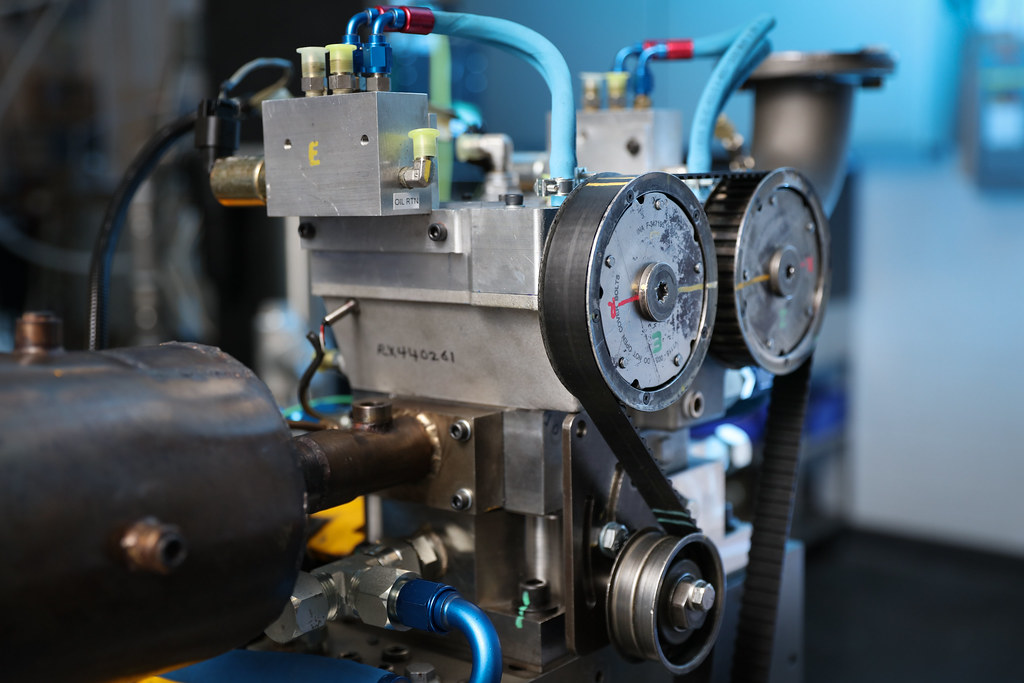
9. **Employing Emissions Control Devices (O2 Simulators)**
Beyond physical exhaust modifications, aftermarket emissions control devices offer another advanced method for passing inspections. These tools interact directly with a vehicle’s electronic systems, providing a technological workaround for emissions compliance challenges.
A key example is the O2 simulator. This device meticulously mimics the electrical signals typically sent by O2 sensors, effectively “tricking” the car’s Engine Control Unit (ECU). It leads the ECU to believe that the catalytic converter is present and functioning correctly, even if it has been removed. This digital manipulation helps keep the Check Engine Light (CEL) extinguished.
O2 simulators are particularly useful for bypassing OBD-II emissions tests, where an illuminated CEL is an immediate failure. However, their legality is not universal. Strict emissions states may deem such ECU manipulation as an illegal attempt to defeat emissions equipment. Thorough verification of local laws is essential before considering these devices.

10. **Navigating State-Specific Emissions Regulations**
Successfully managing a custom exhaust system for emissions compliance hinges on understanding diverse state and local regulations. Emissions requirements are far from uniform across the United States, often differing significantly not just between states but also within specific regions. This jurisdictional patchwork necessitates careful research by any vehicle owner considering modifications.
Emissions testing procedures themselves vary widely. Some states rely heavily on On-Board Diagnostic II (OBD-II) port testing, which checks for fault codes and monitor readiness. Others include more comprehensive evaluations like visual inspections of components or dynamometer-based “smog” tests measuring direct tailpipe emissions. Generally, more densely populated urban areas tend to have more stringent standards, while rural areas might have more lenient or even no testing requirements.
This landscape of differing rules underscores the need for a proactive approach. Before altering your vehicle’s emissions system or facing an inspection, consult your local Department of Motor Vehicles or environmental agency. Gaining clarity on specific requirements, acceptable modification levels, and testing methods unique to your area will help prevent costly missteps and ensure ongoing compliance.
Read more about: Navigating Out-of-State Used Car Purchases: A Comprehensive Consumer Reports Guide to Smart, Safe Buying

11. **California’s Rigorous Emissions Standards**
California imposes some of the nation’s most stringent and comprehensively enforced emissions regulations, managed by the California Air Resources Board (CARB). This rigorous framework presents unique compliance hurdles for modified vehicles. The state’s “Smog” check is an intensive inspection that demands all aftermarket parts be CARB-exempt, a status manufacturers achieve through costly, extensive testing.
For California vehicle owners, a catless downpipe almost guarantees a failed emissions test. The absence of a catalytic converter directly violates CARB regulations. Furthermore, California employs advanced inspection technology capable of detecting non-factory ECU calibrations, making it difficult to bypass compliance through electronic trickery.
To meet California’s strict standards, installing a CARB-compliant high-flow catalytic converter is highly recommended. Additionally, the vehicle’s ECU must be meticulously tuned to prevent a Check Engine Light (CEL) while adhering to emissions parameters. Non-compliance can lead to substantial fines, registration issues, and even restrict the vehicle’s legal sale within the state.
Read more about: Vehicle Emissions Testing: A Comprehensive Consumer Guide to Understanding and Navigating Smog Checks

12. **Texas’s Varied Emissions Landscape**
In contrast to California, Texas generally presents a more lenient, though still varied, emissions testing environment. While tests are mandated in certain areas, the procedures are often less strict, potentially allowing modified exhaust systems to pass more easily. However, this leniency is not universal and often depends on the specific county or region within the state.
Emissions testing in Texas is typically localized, primarily targeting more populated counties or metropolitan areas. Less dense regions may have reduced requirements or even no mandatory emissions testing, reflecting the state’s diverse geography. Vehicle owners should not assume a complete absence of scrutiny, especially with significant modifications.
Even with generally less stringent rules, vehicles with catless downpipes can still face issues if testing centers use advanced diagnostic equipment. Such technology can detect discrepancies or non-standard ECU calibrations. Therefore, proactive verification of local regulations with authorities or testing centers is crucial to ensure modifications align with current legal standards and avoid unexpected inspection failures.
Read more about: Expert Guide: The 12 Premier States for Classic Car Collectors Seeking Tax Savings and Streamlined Registration

13. **Legal Implications and Risks of Modified Systems**
Modifying emissions control equipment, while offering performance gains, carries substantial legal and environmental risks. Removing or tampering with devices like the catalytic converter is illegal in many states. Federal law, specifically the Clean Air Act, prohibits any modifications that defeat or bypass emission control systems, making a catless downpipe a direct violation of federal statutes.
Beyond legal penalties, these modifications have adverse effects on both engine health and the environment. Removing a catalytic converter dramatically increases harmful emissions, contributing to air pollution and violating local environmental laws. Another often overlooked consequence is a more pungent and unpleasant exhaust odor, noticeable to both vehicle occupants and the public.
From an engineering perspective, running a catless downpipe can lead to long-term engine issues. Altered exhaust gas temperatures and flow dynamics can elevate exhaust temperatures, stressing components like the turbocharger or exhaust valves. These increased temperatures may cause premature wear or damage. Owners must carefully weigh performance benefits against these considerable risks to engine longevity and legal compliance.
Read more about: Ready to Mod? The 12 Critical Aftermarket Parts to Skip for Uncompromised Reliability and Value

14. **Real-World Emissions Testing: Practical Tweaks**
Real-world testing provides invaluable insights into practical tweaks that can directly influence emissions scores. Understanding how engine conditions and minor adjustments affect pollutant output is highly beneficial for achieving compliance. Controlled tests on a DC2 vehicle focused on Nitrogen Oxides (NOx), Carbon Dioxide (CO2), Carbon Monoxide (CO), and Hydrocarbons (HC) offer clear guidance.
One key finding debunked the idea that a cooler engine burns more efficiently. Tests showed that a car allowed to cool for 15 minutes performed poorly. Experts unanimously advise “always testing a car after letting it idle to its full temperature” because a cool engine is significantly more prone to failing emissions, underscoring the importance of proper operating temperature for optimal catalyst function.
Conversely, intentionally heating the catalytic converter proved highly effective. Driving the car at elevated RPMs and heavy throttle to thoroughly heat the converter resulted in across-the-board emissions reductions. This “hot cat” strategy optimizes the converter’s chemical efficiency. Even oxygen (O2) output decreased, likely due to exhaust gaskets sealing tighter when hot.
Retarding ignition timing also showed broad improvements. Despite concerns that less combustion time might increase Hydrocarbons (HC) and Carbon Monoxide (CO), adjusting ignition from 19 degrees before top dead center (BTDC) to 9 degrees BTDC yielded positive results across all measured emissions outputs, presenting a proven method to reduce pollutants during testing.
***
Ultimately, successfully navigating emissions tests with a modified vehicle requires a strategic combination of technical understanding, diligent preparation, and strict adherence to legal standards. While the appeal of enhanced performance is undeniable, achieving it while maintaining environmental compliance is often complex and demands well-informed decisions.
Our detailed guide has presented a range of actionable solutions. From utilizing high-flow catalytic converters and precise ECU tuning to employing O2 sensor spacers and understanding regional regulations, these strategies offer tangible pathways to improve your vehicle’s emissions profile. They aim to help you pass inspections without necessarily sacrificing desired performance gains.
It is crucial, however, to consistently prioritize the legal and environmental aspects of vehicle modification. Federal and state regulations exist for essential reasons, and bypassing emissions equipment carries significant penalties alongside adverse ecological impacts. As experienced professionals emphasize, “The easiest way to deal with smog is to make sure all of your car’s smog equipment is in place and operational, and that your engine is in a good state of tune.” Balancing performance aspirations with responsible vehicle ownership ensures both legal compliance and a positive contribution to air quality.



